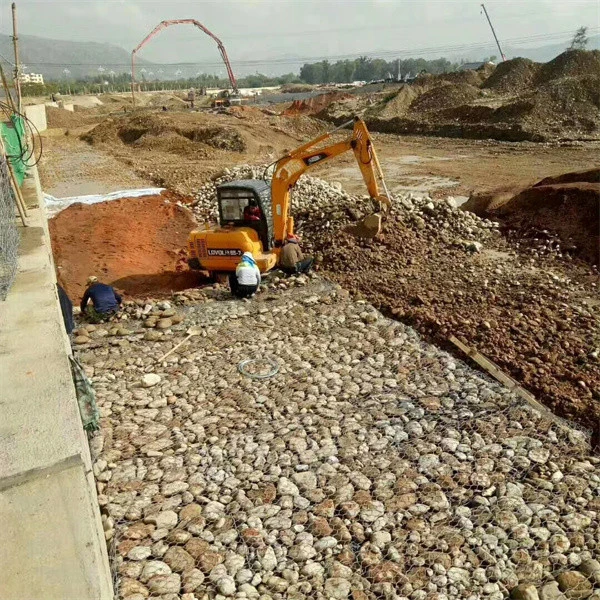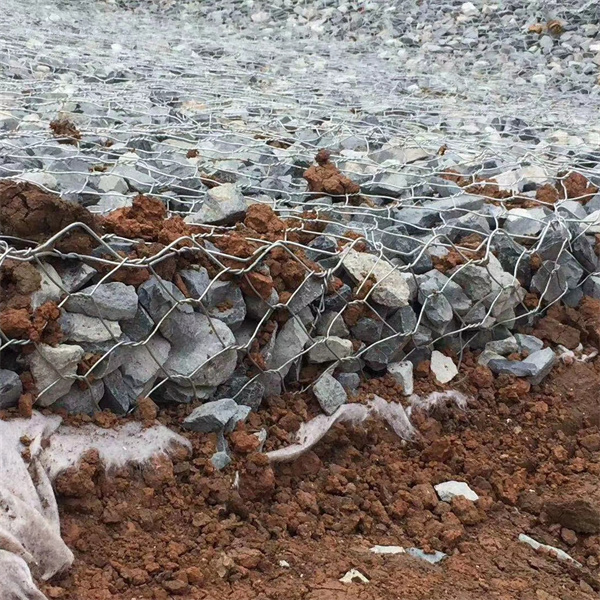Ene . 20, 2025 15:47 Back to list
gabion assembly
In the realm of landscaping and civil engineering, gabions have steadily gained popularity for their versatility and durability. Understanding the intricacies of gabion assembly can significantly enhance their functionality and aesthetic appeal, making them an essential component for professionals and hobbyists alike. With years of hands-on experience and professional expertise, this article provides a comprehensive guide to the efficient and effective assembly of gabions, ensuring not only structural integrity but also long-lasting performance.
The filling process demands equal attention to detail. To prevent bulging, the filler material should be arranged in courses, with larger rocks at the edge to visually conceal the wire mesh and minimize voids. Filling should be done in layers, with each layer being compacted to sustain the structure’s form and function. Acclaimed experts emphasize maintaining uniform fill levels across all units, which helps distribute loads evenly and avoid undue stress on any single point. Once filled, the gabion's lid must be fixed securely. Tight connections between the lid and the other panels are essential to sustaining the structure's integrity. Inspection of each connection point ensures that there are no loose wires that could compromise the gabion's durability. The final touches are as important as the initial steps. Professional landscapers recommend inspecting the assembled structure for any misalignments or loose fittings. Real-life expertise dictates that making these adjustments early prevents more significant issues in the future, safeguarding the investment and longevity of the gabion installations. In conclusion, mastering gabion assembly requires a blend of careful material selection, precise preparation, detailed execution, and diligent finishing touches. For optimal results, trust in both your expertise and the process, which will lead to not only a functional and robust installation but also one that embodies the aesthetic desires of the landscape design. As authority figures in the field often advise, the commitment to quality and precision in every step transforms gabion assembly from a mere task into an art form that stands the test of time.


The filling process demands equal attention to detail. To prevent bulging, the filler material should be arranged in courses, with larger rocks at the edge to visually conceal the wire mesh and minimize voids. Filling should be done in layers, with each layer being compacted to sustain the structure’s form and function. Acclaimed experts emphasize maintaining uniform fill levels across all units, which helps distribute loads evenly and avoid undue stress on any single point. Once filled, the gabion's lid must be fixed securely. Tight connections between the lid and the other panels are essential to sustaining the structure's integrity. Inspection of each connection point ensures that there are no loose wires that could compromise the gabion's durability. The final touches are as important as the initial steps. Professional landscapers recommend inspecting the assembled structure for any misalignments or loose fittings. Real-life expertise dictates that making these adjustments early prevents more significant issues in the future, safeguarding the investment and longevity of the gabion installations. In conclusion, mastering gabion assembly requires a blend of careful material selection, precise preparation, detailed execution, and diligent finishing touches. For optimal results, trust in both your expertise and the process, which will lead to not only a functional and robust installation but also one that embodies the aesthetic desires of the landscape design. As authority figures in the field often advise, the commitment to quality and precision in every step transforms gabion assembly from a mere task into an art form that stands the test of time.
Next:
Latest news
-
HESCO Gabion Baskets for Coastal Erosion Prevention
NewsAug.22,2025
-
Longevity and Durability of River Rock Gabion Walls
NewsAug.22,2025
-
How to Integrate Gabion 3D Walls in Urban Planning
NewsAug.22,2025
-
Reno Mattress Gabion Applications in Civil Engineering
NewsAug.22,2025
-
How to Install Wire Mesh for Gabion Baskets Properly
NewsAug.22,2025
-
Best Materials for Filling a Chain Link Gabion
NewsAug.22,2025
-
Wire Mesh Thickness Impact on Gabion Wall Load Bearing
NewsAug.12,2025
Manufacturer of Silk Screen Products
QuanhuaProvide high-quality products and services to global customers.






